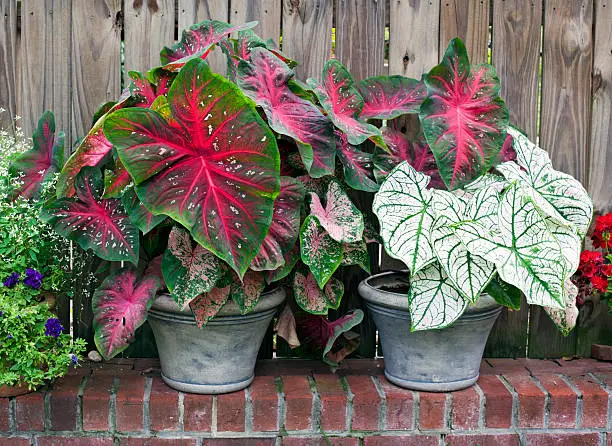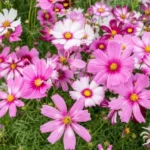What is Caladium and How Does It Propagate?
Caladium is a popular flowering plant that can be found in the United States, Mexico, and Canada. It is also known as the jade plant or elephant ear.
Caladium propagates by sending out underground tubers that grow into new plants. The tubers are typically white and green in color. They grow around the base of mature plants and spread underground for about 6 inches before turning upward to send out shoots.
The shoots produce small leaves that produce flowers, which produce seeds. The seeds are then dispersed by wind or water into new locations where they can grow into new plants.

Tips on How to Propagate Caladium in Your Garden
Caladiums are often seen in gardens and flower beds. They have a variety of colors, shapes, and sizes. They can grow well in containers or in the ground.
Caladiums are easy to propagate by using stem cuttings or seeds. You can also take caladium cuttings from your garden and plant them in a pot with moist soil and keep this plants indoors over winter.
To propagate caladiums, you need to have a container with moist soil that is kept at room temperature. It’s best to use a pot that has drainage holes on the bottom so water doesn’t build up too much inside the container.
How to Spread Caladium Seeds Correclty
Caladium seeds are a popular flower that can be planted in the garden and grow into a large plant within the year. They are pretty easy to spread, but they need to be planted in the right soil, water and light conditions.
Caladium seeds need to be spread on top of soil with a pH between 6.0 and 7.0 and at least 8 inches deep. They should also be watered regularly so that they don’t dry out too much before germination occurs. And lastly, caladiums need at least six hours of sunlight each day for them to germinate successfully.
The best way to spread caladium seeds is by using a daisy seeder or a hand-held seeder tool.

What is the Best Way to Cut Down a Caladium Plant?
Caladium plants are best cut down in the spring when they are dormant. This is because they are more likely to die back than other plants.
Caladium plants should be cut at a height of two feet or less to prevent them from dying back and spreading. They should also be cut near the ground so that the roots don’t grow too deep into the soil.
The best way to cut down a caladium plant is with garden shears, but it can also be done with a mattock or shovel depending on what tools you have available.
Propagate Caladium with Fertilizer and Water
Caladium is a plant that can be propagated easily. It can grow in most mediums and it is easy to maintain. Some people propagate them by cutting the leaves off, some people use cuttings, and some people use seeds.
Caladium is a perennial herbaceous plant that grows well in moist soil but does not require much water to grow. It can spread quickly through rhizomes or tubers underground, which make it difficult to control its growth.
Caladiums are often seen in homes, flower pots and gardens. Caladiums need an even amount of fertilizer and water to grow. They love a rich soil that is well-drained, so plant them in containers with a drainage hole in the bottom.

5 Tips for Propogating Caladium
As we mentioned before, Caladium is a hardy plant that can be propagated from stem cuttings.
- Choose a sunny spot
- Dig up the soil
- Make sure the soil is moist but not wet
- Place the cutting in the center of the hole and cover with soil
- Water well to keep it moist
How to Get Your Plant Ready for the Garden
The best way to prepare your plant for the garden is to make sure it has a good amount of light and water. You should also keep the potting soil moist and provide it with enough nutrients.
Watering your plants helps them grow faster, prevents fungal infections, and prevents seedlings from drying out. If you have a drip irrigation system installed in your garden, then you can use it to feed and water the plants when they need more water than you can provide manually.



